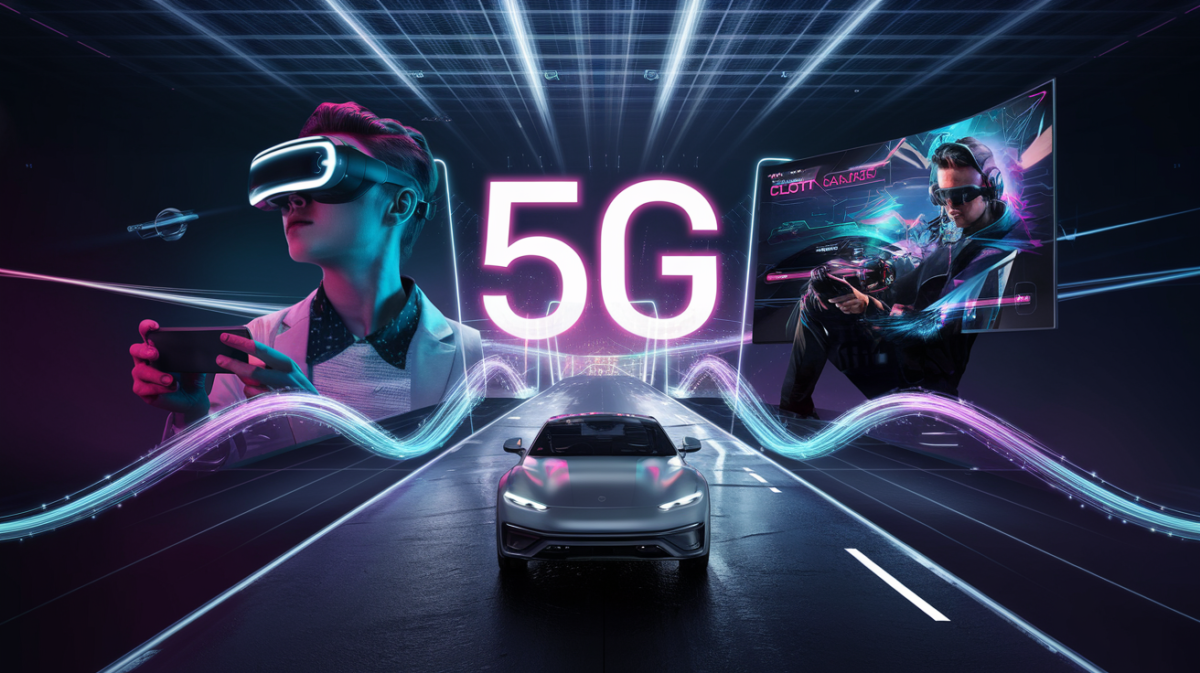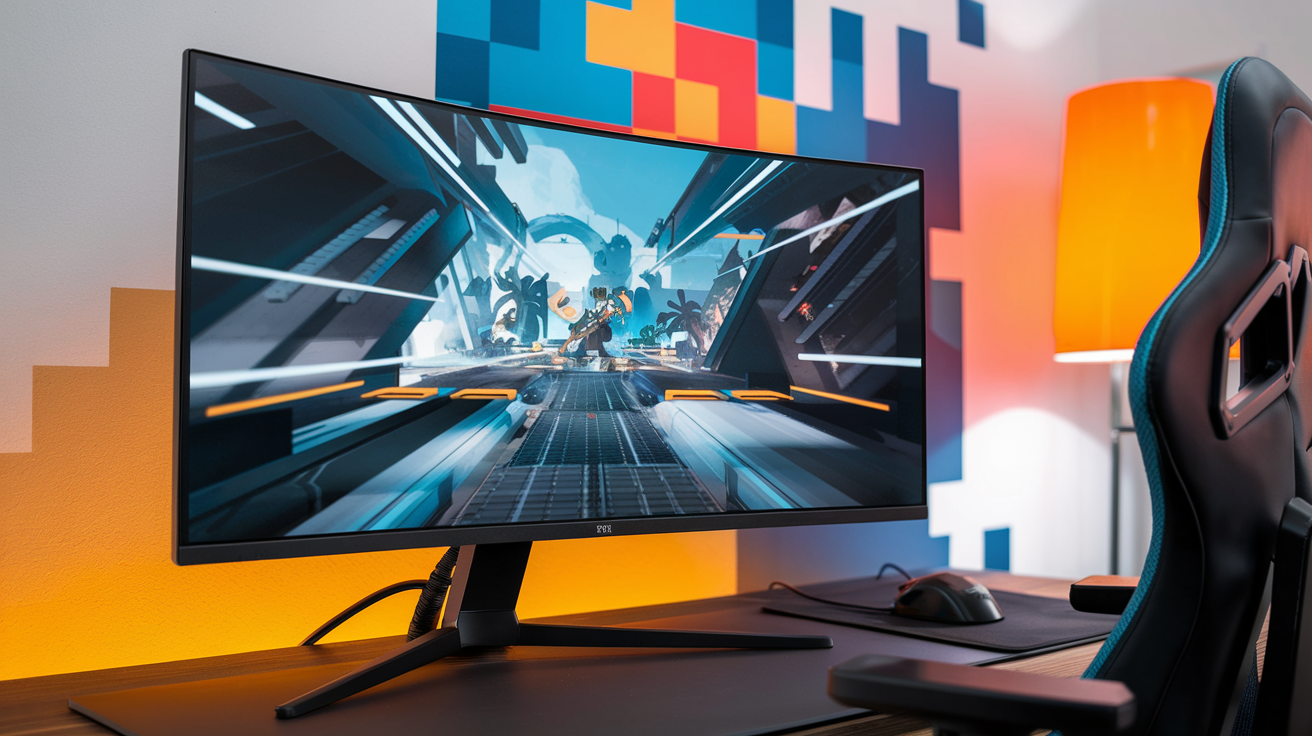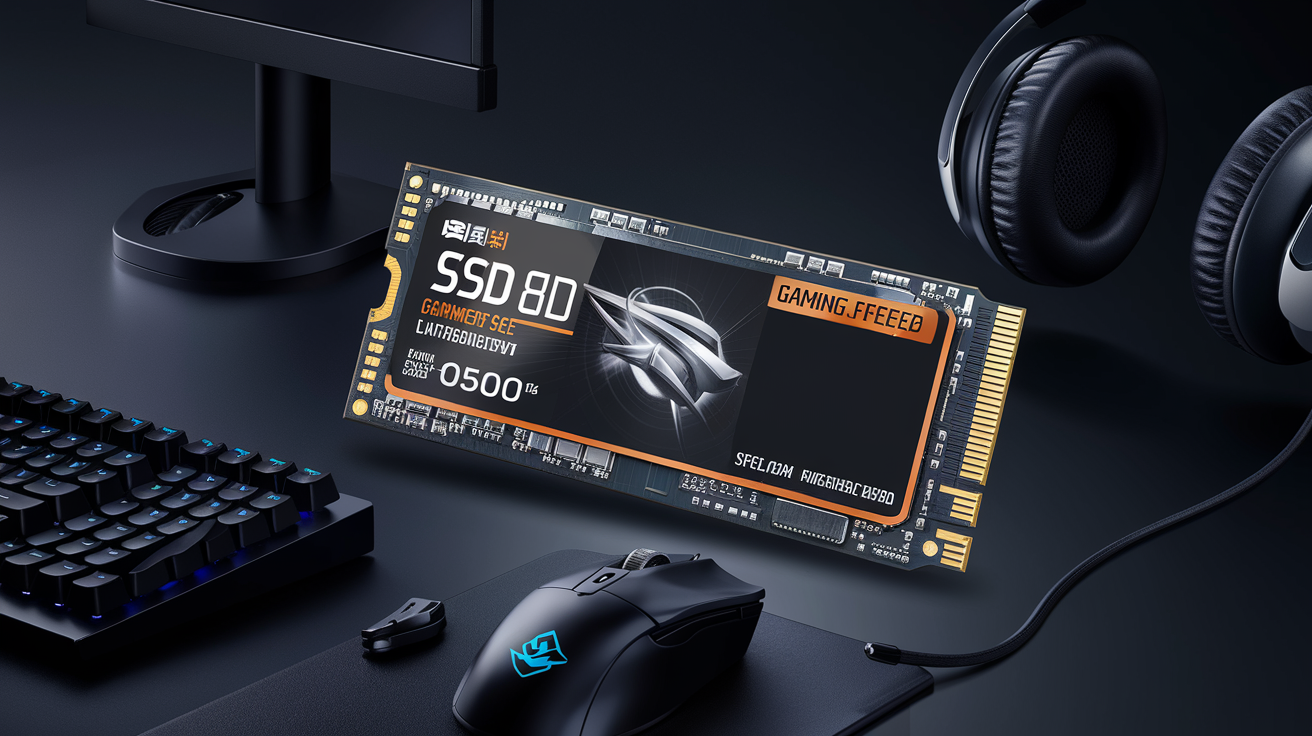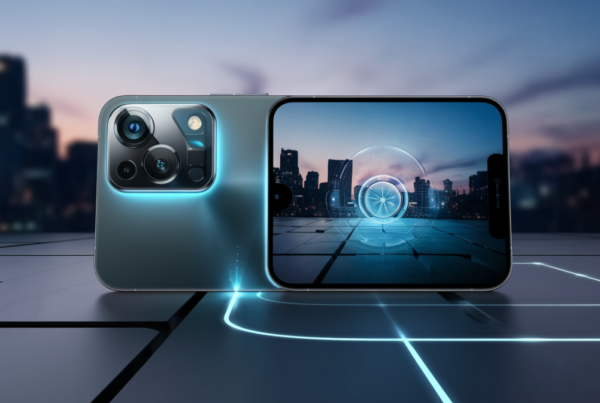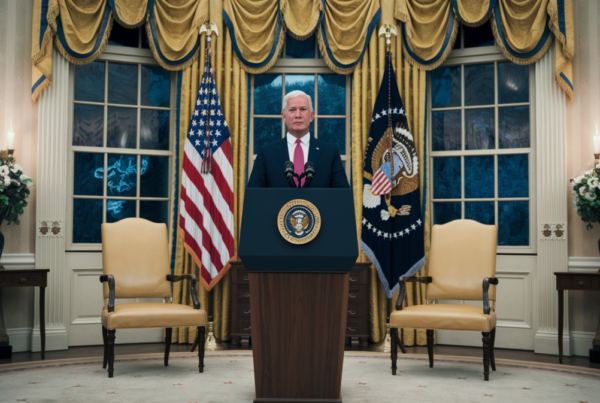A Groundbreaking Leap in Mobile Connectivity
T-Mobile has made history by becoming the first wireless carrier in the United States to deploy Low Latency, Low Loss, Scalable Throughput (L4S) technology across its 5G network. This innovation promises to revolutionize real-time applications, delivering smoother video calls, lag-free gaming, and ultra-responsive experiences for users nationwide.
L4S is designed to tackle the persistent challenges of latency and packet loss, which often disrupt activities like cloud gaming, video conferencing, and immersive technologies. By dynamically managing data traffic, L4S ensures that time-sensitive applications receive priority, even during network congestion.
How L4S Enhances Your Mobile Experience
The introduction of L4S technology brings tangible improvements to everyday mobile usage. Here’s how it benefits users:
- Smoother Video Calls: Say goodbye to frozen frames and distorted audio. L4S dynamically adjusts to network conditions, ensuring clear and uninterrupted communication.
- Lag-Free Gaming: Gamers can enjoy a console-like experience on their mobile devices, with reduced latency and minimal packet loss, even in crowded networks.
- Ultra-Responsive Real-Time Apps: From remote driving to augmented reality, L4S ensures seamless performance for applications that demand split-second responsiveness.
Real-World Applications and Collaborations
T-Mobile has partnered with industry leaders to demonstrate the transformative potential of L4S. Here are some standout collaborations:
- Remote Driving with Vay: In a trial with Berlin-based Vay, T-Mobile showcased how L4S enables ultra-responsive control in remote driving scenarios, even in heavy traffic. This breakthrough could redefine safety and efficiency in autonomous vehicles.
- Extended Reality (XR) Trials: Working with Qualcomm and Ericsson, T-Mobile tested L4S with slim smart glasses. The results? Clear visuals, smooth frame delivery, and reduced motion sickness—key to making XR more accessible.
- Cloud Gaming with NVIDIA: NVIDIA has integrated L4S into its GeForce NOW platform, significantly cutting latency and packet loss. Combined with T-Mobile’s 5G Advanced network, this partnership brings mobile gaming closer to console-quality performance.
L4S vs. Traditional 5G: A Comparison
To understand the impact of L4S, let’s compare it to traditional 5G networks:
| Feature | Traditional 5G | L4S-Enabled 5G |
|---|---|---|
| Latency | Higher, especially during congestion | Dramatically reduced |
| Packet Loss | More frequent under heavy load | Minimal, even in crowded networks |
| Real-Time Performance | Inconsistent for apps like gaming and video calls | Consistently smooth and responsive |
What This Means for Users
The rollout of L4S is seamless—no device upgrades or plan changes are required. T-Mobile’s network-driven approach ensures that users automatically benefit from enhanced performance without additional costs or technical hurdles.
This innovation also positions T-Mobile as a leader in 5G advancements, setting the stage for future technologies like network slicing and differentiated service tiers.
The Future of Mobile Connectivity
T-Mobile’s deployment of L4S marks a significant milestone in the evolution of mobile networks. By addressing the pain points of latency and packet loss, the company is paving the way for a new era of ultra-responsive, real-time applications.
As the industry watches this rollout, one thing is clear: T-Mobile is not just keeping pace with 5G innovation—it’s leading the charge.

